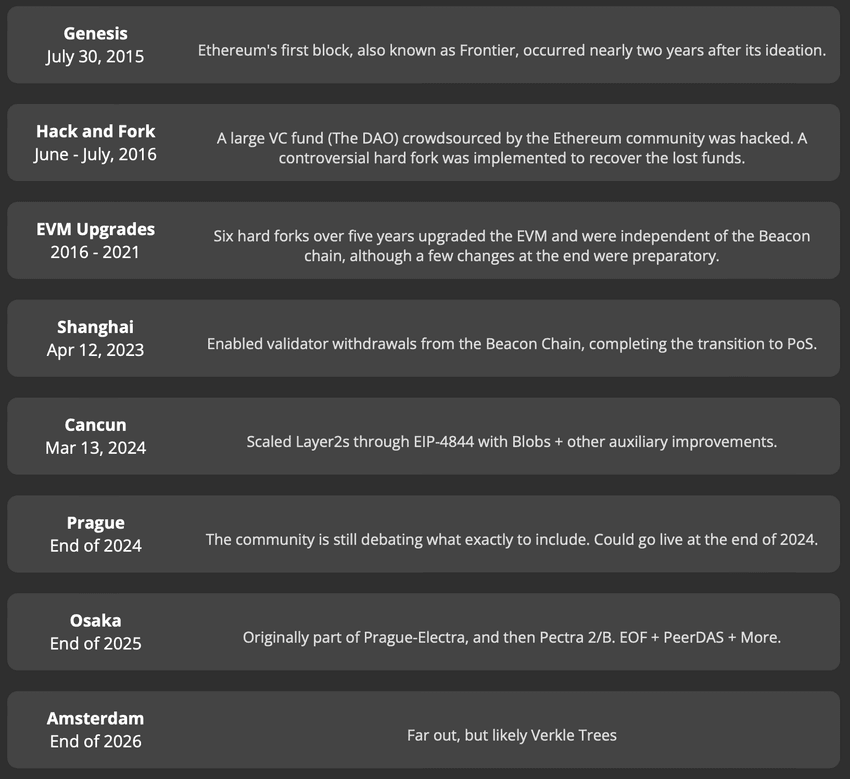Ethereum Hits Second Milestone in Fusaka Rollout
Ethereum’s Fusaka upgrade has officially gone live on the Sepolia testnet, marking the second phase in the network’s three-step journey toward enhanced scalability and efficiency.
Following the Holesky activation on October 1, Sepolia’s rollout serves as a stress test for Fusaka’s new PeerDAS (Peer Data Availability Sampling) system and its increased block gas limit - both critical components of the update ahead of its mainnet launch in December.
The deployment focuses on ensuring Ethereum’s infrastructure can handle larger blocks, higher throughput, and improved data verification performance without sacrificing decentralization.
Bigger Blocks, Faster Network
One of Fusaka’s key upgrades is raising the block gas limit to 60 million, up from the current ~30 million. This increase will allow the blockchain to process more complex smart contracts and higher transaction volumes per block.
Developers are now testing whether node operators can maintain stability and synchronization under the heavier data load. If successful, Ethereum’s transaction capacity could rise significantly once Fusaka hits mainnet.
This is a major milestone for Ethereum’s long-term roadmap - aimed at scaling without compromising its decentralization and security principles.

Source: Ethroadmap.com
PeerDAS: Ethereum’s Next Scalability Weapo
The upgrade also introduces Peer Data Availability Sampling (PeerDAS) - a breakthrough designed to lighten the storage and data processing burden on validators.
PeerDAS lets validators sample small fragments of data from multiple peers instead of downloading entire blocks. This reduces network congestion, speeds up verification, and enhances node efficiency - a crucial improvement for maintaining decentralization as block sizes grow.
The new system lays the groundwork for future sharding and rollup efficiency, further aligning Ethereum with its modular scaling vision.
From Pectra to Fusaka - Ethereum’s 2025 Evolution
The Fusaka roadmap builds on the success of Ethereum’s Pectra upgrade earlier this year, which refined consensus mechanisms and improved validator performance.
According to the Ethereum Foundation’s testnet schedule, Fusaka’s final testing phase will launch on the Hoodi testnet on October 28, followed by its mainnet deployment in December 2025.
Once live, Fusaka is expected to deliver:
- 60M gas block capacity for more efficient processing.
- PeerDAS integration for decentralized data sampling
- Improved validator synchronization and hardware resilience.
The update represents Ethereum’s most ambitious scalability leap since The Merge and Dencun, pushing the network closer to mass adoption-level performance.

Source: Ethroadmap.com
The Road Ahead
If successful, Fusaka will cement Ethereum’s position as the most advanced public blockchain capable of handling large-scale decentralized applications.
It also sets the stage for post-Fusaka developments, including state pruning, rollup optimizations, and potential groundwork for Verkle trees, which aim to further reduce data bloat.
For now, Sepolia serves as the proving ground - and all eyes are on the December mainnet release, where Ethereum’s next big chapter begins.



